How to Grow Your Food Blog’s Brand
Hello, fellow food bloggers!! I’m Melinda O’Malley Keckler, the owner and content creator of the Crinkled Cookbook food blog. I also work in marketing and brand strategy in higher education and over the past 15 years have conducted dozens of brand training seminars and have spoken at conferences about the value of the brand. There are many technical aspects of blogging that can be daunting or even expensive. But the good news is, building your blog’s brand identity is easily done with a shift in mindset for how we consider our reader’s journey as they get to know us and as they engage with the content on our websites.
What is a Brand?
The brand is emotional. It’s not a font style or a logo. Although those are important. Your food blog’s brand lives within the experiences your readers have as they prepare and share your recipes. The brand is about perceptions, feelings, and emotions.
That doesn’t mean logos and font choices are without value, those are both important visual cues and help develop a brand identity. (More on that in a minute.)
Let’s think outside of food blogging for a moment, and think about branding from a different perspective. Think of your favorite restaurant. Why do you like it? Why would you recommend it to someone? It’s likely because the food is delicious, the ambiance is good, maybe the location is convenient, the service is friendly or perhaps we have wonderful memories of eating there.
Think of how odd it would be if someone offered a restaurant recommendation based solely on the font style on the menu or the logo on the door.
The reason why you would recommend that restaurant – that’s brand.
TABLE OF CONTENTS

The Process of Building a Brand
Brand lives within the experiences our readers have with our content. It is the way people feel as they read, prepare, and share our recipes. When someone is successful in the kitchen after following our recipes, that’s a positive brand experience.
The brand is reinforced when the experience happens again and again over time. We build a brand and create brand affinity by creating consistent, appealing content and by making it easy (even irresistible) for people to engage with it.
It’s important to look at our content through the eyes of our readers.
The graphics and design style of a blog also comes into play. Is your font easy to read? Is the logo appealing? Those graphics, when used consistently, are visual cues to help prompt recognition and familiarity for your brand.
But alone, graphics and logos are not a brand.
The goal is for our readers to achieve brand affinity for our websites, to have our readers become our biggest fans. To have them consider us a trusted partner in the kitchen.
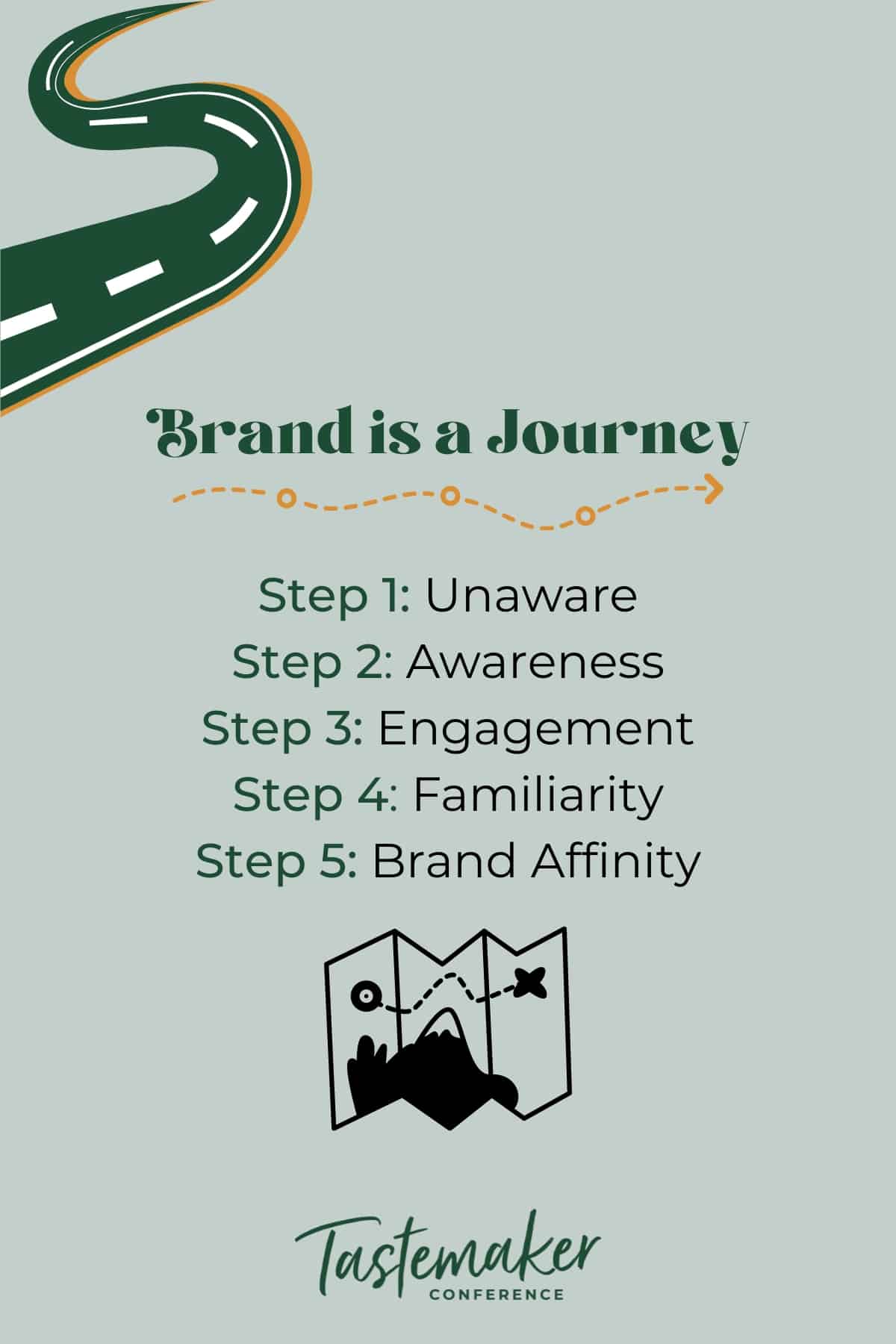
Brand is a Journey
In marketing, regardless of whether we are selling a product, growing a business or engaging customers, there is always a process that an audience goes through to reach brand affinity.
In some industries, the process is referred to as a marketing funnel, in others it’s called a marketing pyramid or even a ladder.
For food blogging, let’s refer to it as a tiered experience, similar to a ladder with several rungs.
Moving through that process, climbing the ladder, is how someone becomes a loyal friend and fan of your food blog and how they establish brand affinity. (Hint: This is how you grow traffic to your blog.)
Step 1: Unaware
All of your readers, at some point, start at the same level, everyone starts as someone completely unaware that your blog exists. Think of this as the ground where your marketing ladder is set up. Consider how large this audience is and the potential for growth!
Step 2: Awareness
This is the first rung on your ladder. This is where someone for the first time finds your blog in a Google search or happens they stumble upon your content on Pinterest. Maybe someone shares your post on Facebook. Awareness is important, no one gets to brand affinity without knowing your blog exists.
Step 3: Engagement
This is when your reader goes past scrolling. The third rung on the ladder. They click on a recipe, print the recipe, and in rare instances, they will even subscribe. (We love that!) Engagement means someone is on our blog and they have taken the first step toward activating their brand journey with you.
Step 4: Familiarity
We can easily lose people after engagement, after that first conversion point. They click on a recipe, scroll through it, then click away and never return. But we want them to stick around and better yet, keep coming back. We want them to remember the name of our food blog, bookmark our site, to follow our social media channels. To become familiar with us.
This is where the content on our pages and the quality of our content pay dividends. Is our photography strong? Are the recipes well structured? Are they accurate? Is the user experience on our website a good one? Those things are a must in order to create a comfortable experience and familiarity for our readers.
Step 5: Brand Affinity
This is where we want all of our readers to be, at the top of the marketing ladder. This is where we find our most loyal readers and our biggest fans. They remember us, they have engaged with our content, and return to our website time and time again. Many of those folks will be subscribers to your food blog and they stay connected and open those emails. These are readers who remember your blog’s name and may even know a great deal about you. They consider you a trusted resource and maybe even a friend in the kitchen. These readers will return to your site time and time again. (Hello sessions and pageviews!)
Why Marketing Matters
Marketing is important because it prompts engagement. Remember that third rung on the ladder?
It’s easy to think that marketing is the same thing as paid advertising. While most paid advertising does fall under the definition of marketing, that doesn’t mean we need to make expensive media buys to activate marketing for our food blogs.
Marketing helps us grow our food blogs because it is designed to prompt a response. Marketing exists to get someone to do something. It brings folks to our website so they can engage.
In marketing lingo that’s called a conversion.
How to Influence Brand Identity
Marketing is a terrific tool to influence brand identity. To influence how people perceive our food blogs.
Do you know the best and easy-to-use tool we can use to activate marketing our websites? Social media.
But from a brand standpoint, social media is the equivalent of great marketing. It prompts engagement, helps our blogs become memorable, and ultimately, helps build brand affinity.
Growing an audience on our social media platforms often leads to increased traffic on our websites, that’s one of the great things that come from it. You don’t need to have huge numbers on any platform to be successful at marketing via social media. Focus on consistency with those platforms and recognize that each platform holds a tremendous opportunity to bring your readers up the marketing ladder and to help them achieve brand affinity.
That’s how we establish and grow a brand.
FAQs
As we all know, food blogging is a long game. Brand affinity is not something that can be measured in a 24-hour cycle and isn’t going to be visible in our Google Analytics in one week. But check your analytics year over year or every six months. Is the number of returning users to your website growing? That’s a great indicator that you are growing brand affinity.
Have patience. Even the biggest, national brands took time to establish their footing. Some readers will climb the marketing ladder quickly, others will take a little more time. But the better our content, the better the user experience on our pages and posts, and the easier the climb will be.
Be true to your niche and your subject expertise. Be consistent with your graphic identity, the type of content you post, and the frequency. Establishing a brand takes time. If you are just starting out, allow yourself at least 6 months, but ideally a year for your brand to get a foothold.
Unless your re-brand is a drastic turn from the content strategy you started with, the odds are very good that your loyal readers, those who have achieved brand affinity, will follow you. Be intentional about telling folks why you are rebranding and take them along on the journey with you. This is an instance where communication pays dividends and social media can be a playful space to share details.
Good Luck Out There
Marketing and brand strategy are something that we should all be mindful of as food bloggers. It has tremendous value in growing our business. As food bloggers, we wear a lot of hats and what we tackle is technical and can be daunting. The good news is, growing our brands is not hard. It’s simply a shift in mindset as we consider the process, the journey, that our readers have as they become loyal readers and regular visitors to our food blogs.
Have fun building brand affinity!



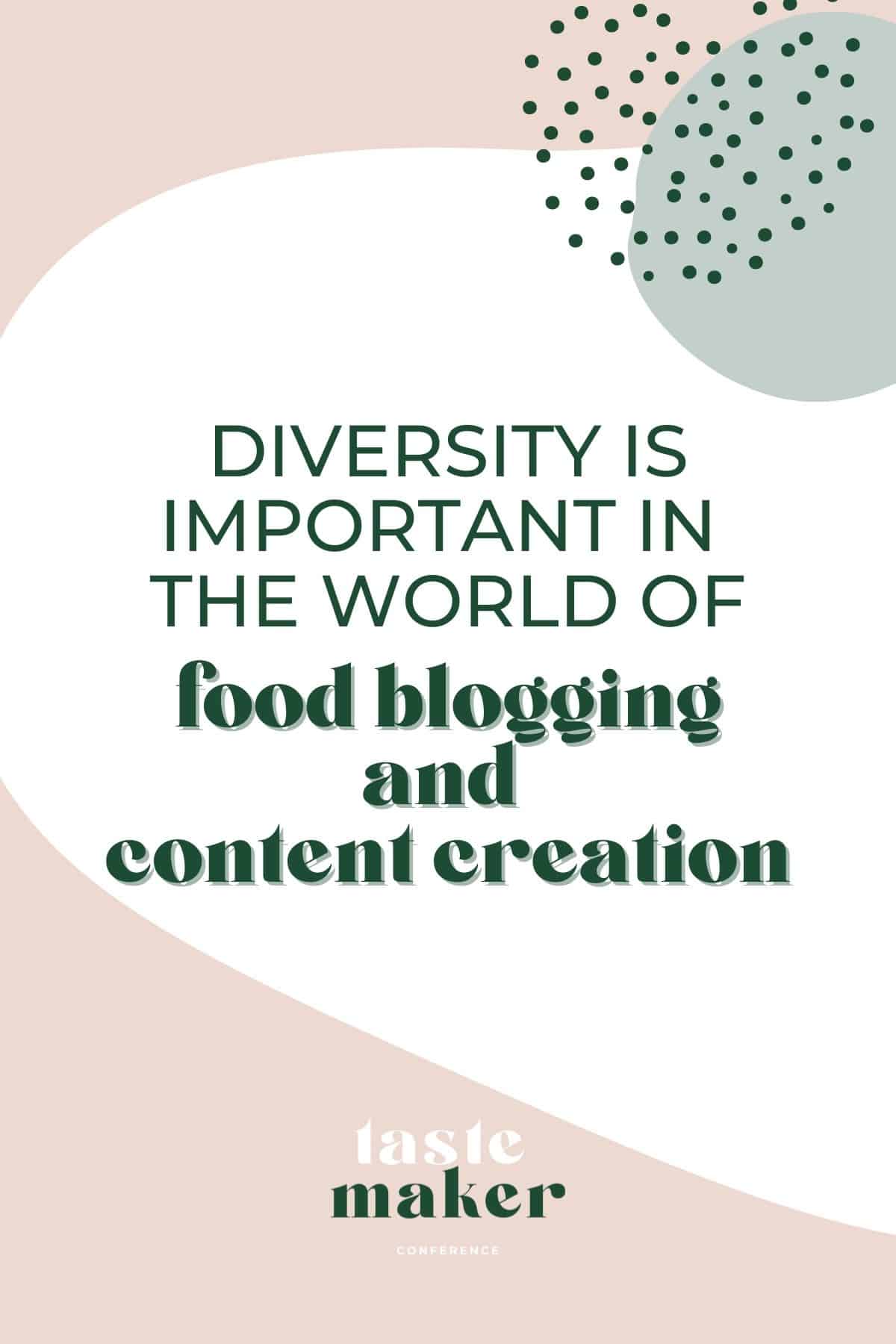
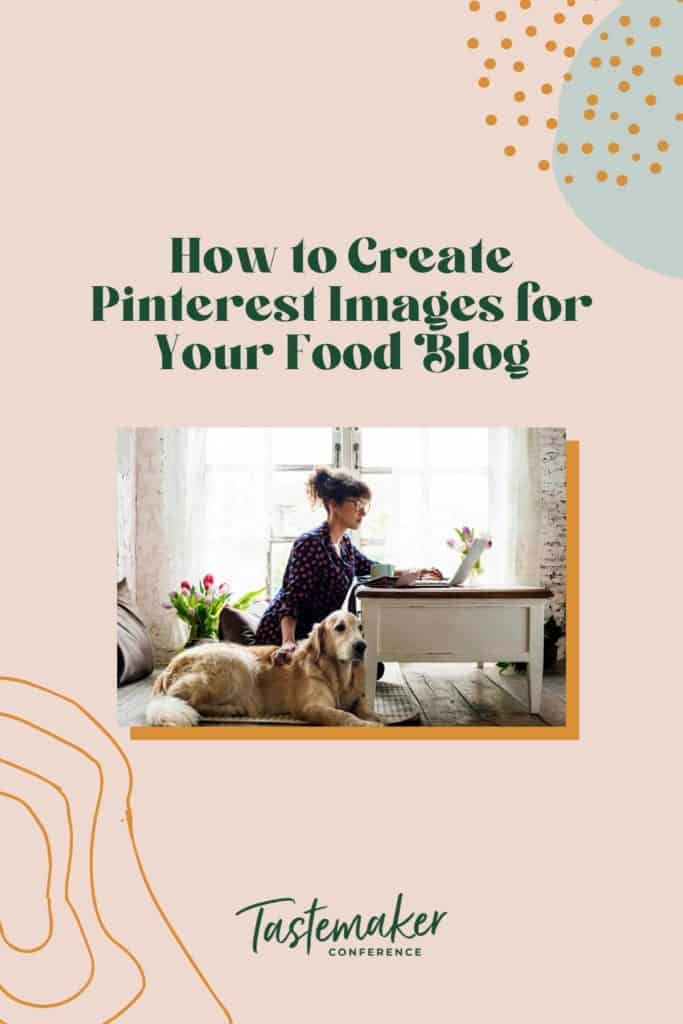
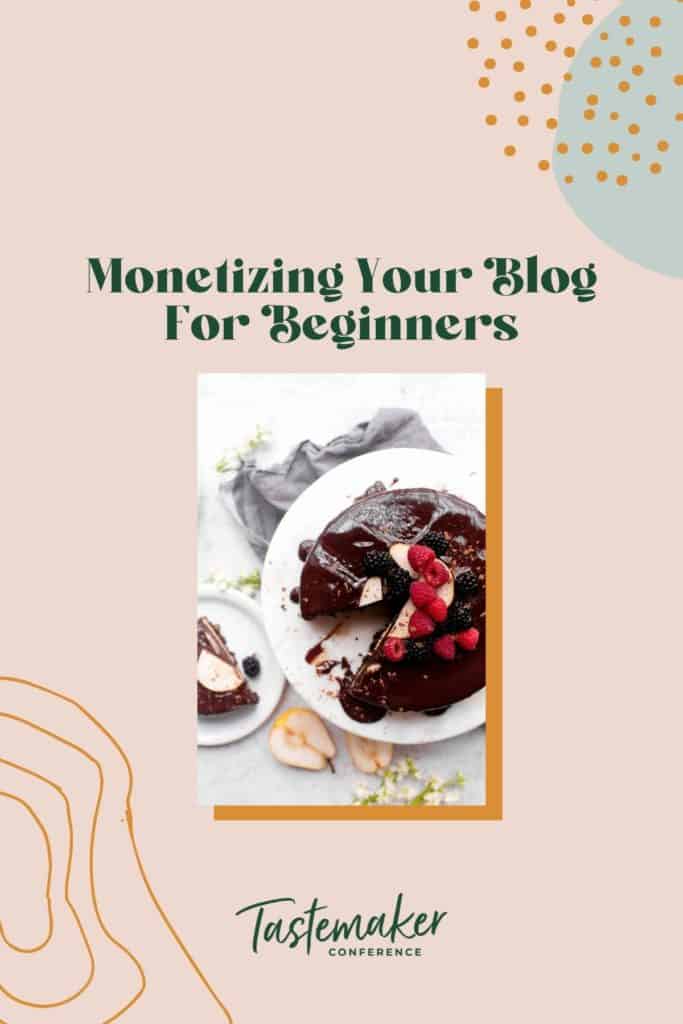

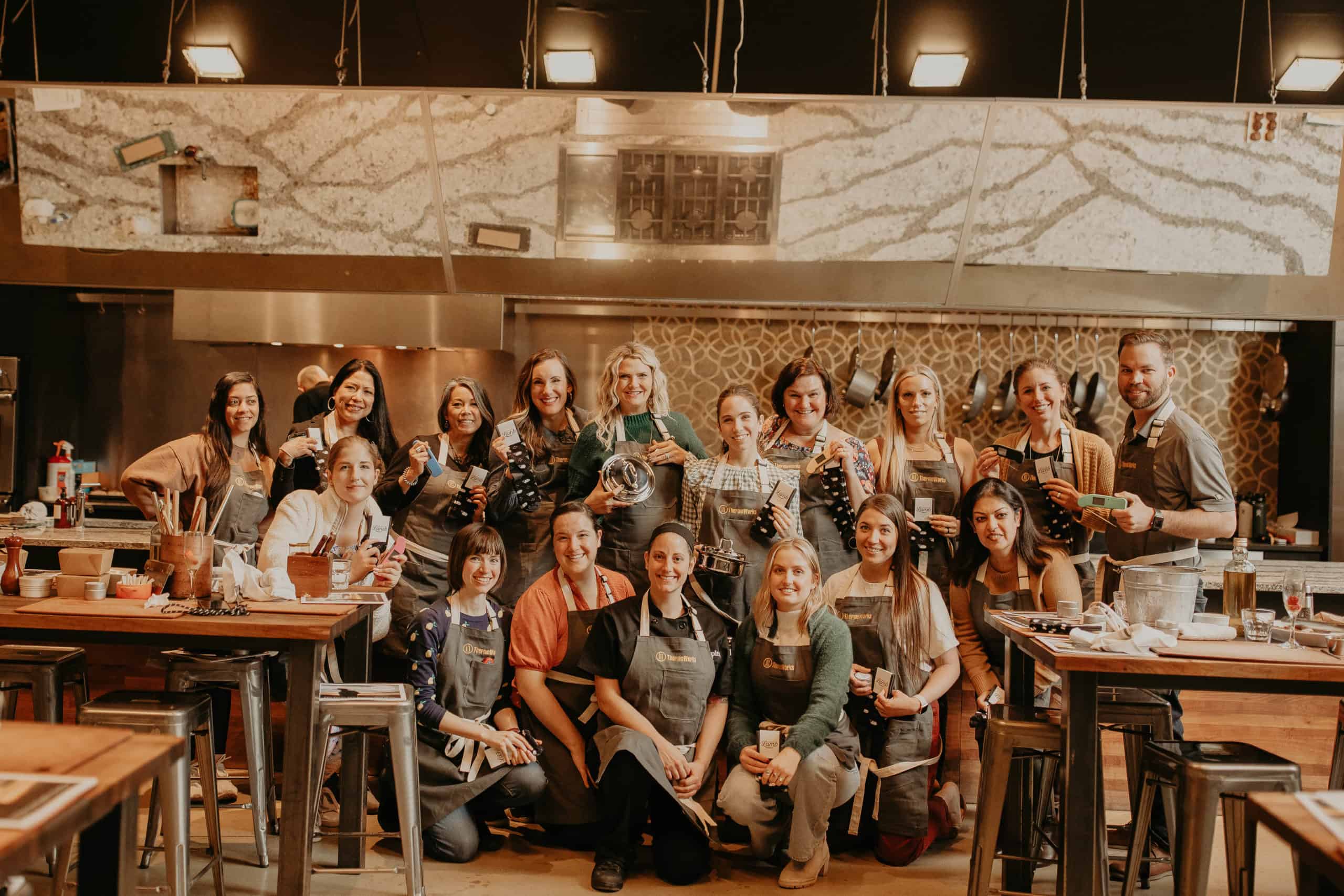



Leave a Comment